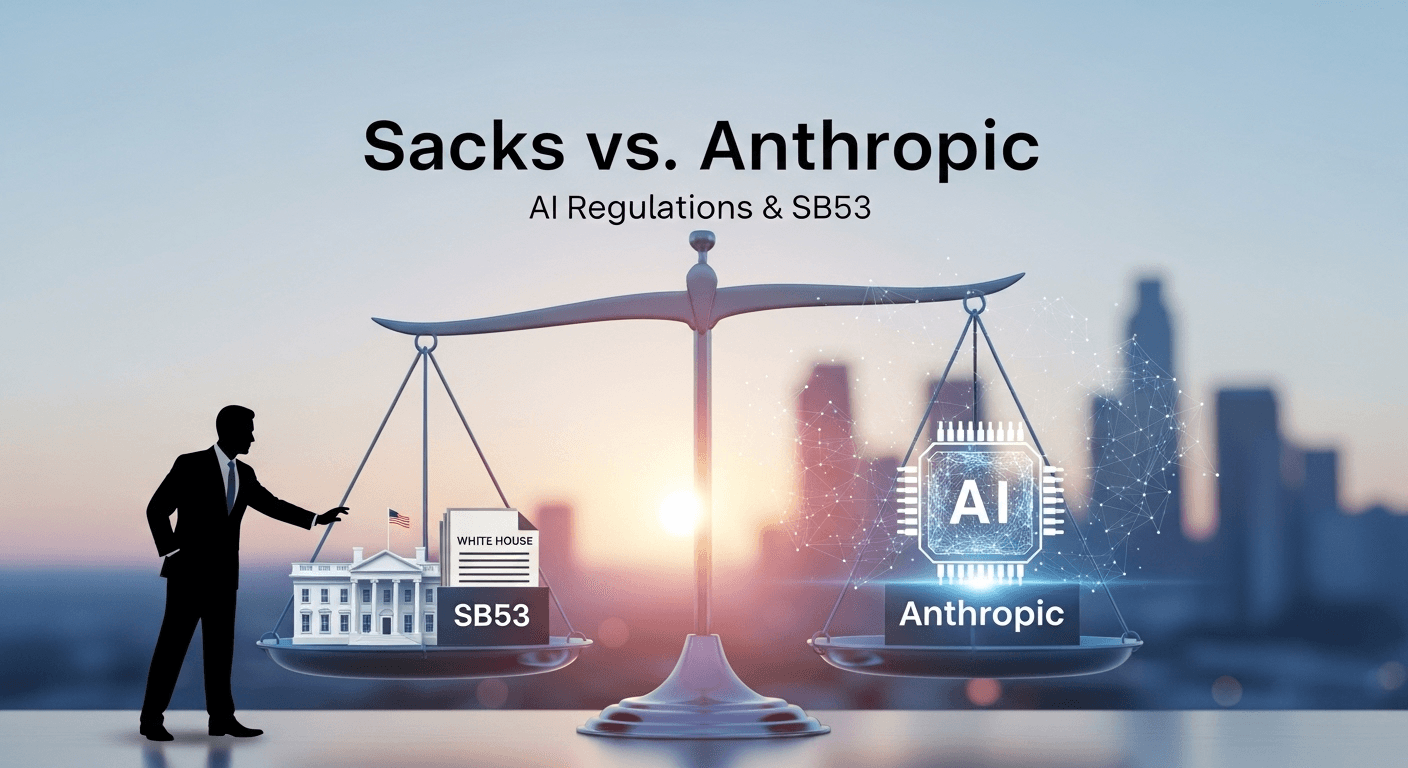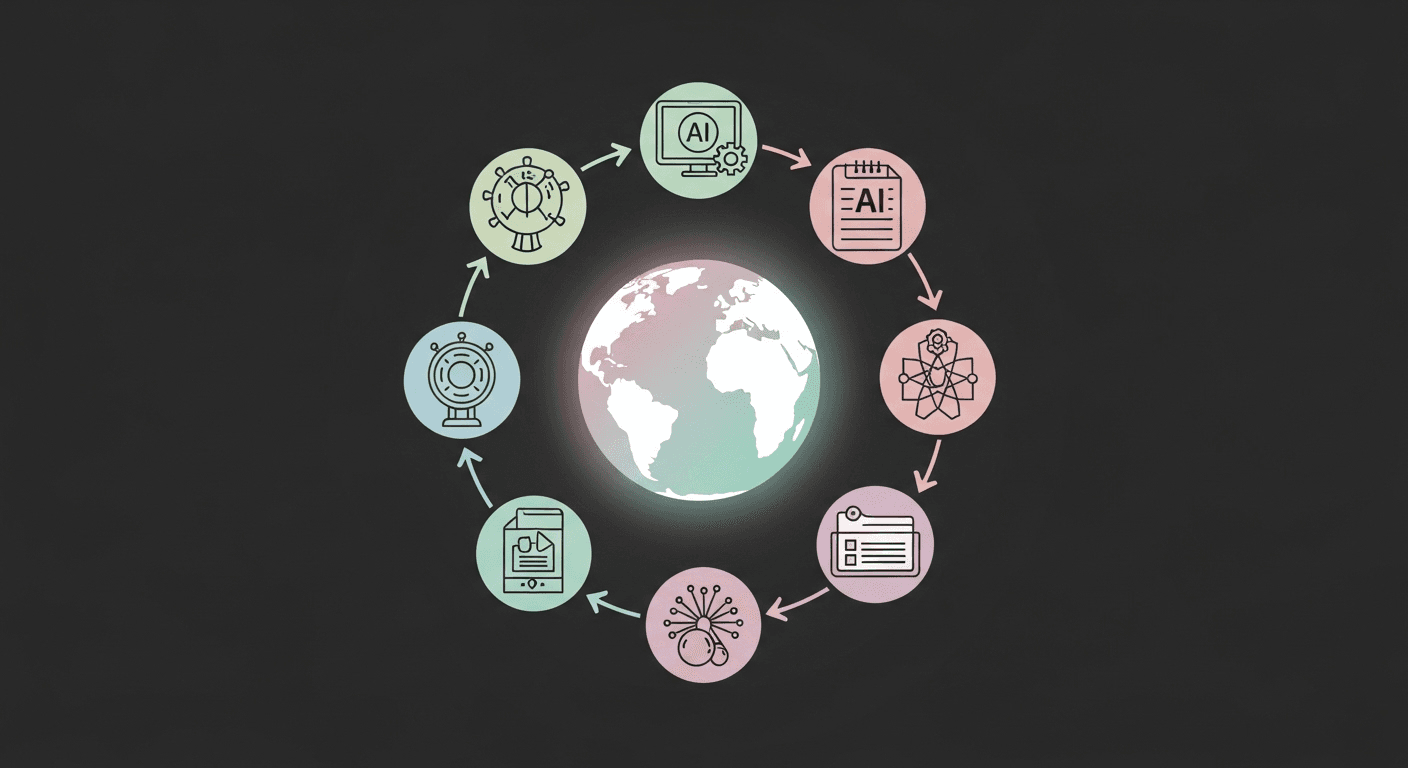Exploring Advanced Tokenization Techniques for Large Datasets

Introduction to Tokenization in Data Science
In the realm of data science, the efficient handling of large datasets is crucial for enhancing processing speeds and improving the performance of machine learning models. One of the foundational steps in preparing textual data is tokenization, a process that involves dividing text into smaller units, such as words or phrases. This blog post delves into various advanced tokenization techniques specifically designed to tackle large datasets effectively.
Understanding the Basics of Tokenization
Tokenization is the process of converting text into tokens which can be further processed. Tokens are essentially the building blocks of text analysis and natural language processing (NLP). Understanding different tokenization methods is essential as each method has its benefits and is suited to particular types of data or applications.
The Role of Tokenization in NLP
In natural language processing, tokenization plays a pivotal role by breaking down complex data structures into manageable pieces. This simplification is crucial for tasks such as sentiment analysis, language translation, and text summarization.
Tokenization Techniques
Here, we explore several techniques ideal for large datasets:
- Whitespace Tokenization: This is the simplest form of tokenization, splitting the text at whitespace characters. It is quick and efficient for well-formatted, clean data.
- Punctuation-based Tokenization: This technique splits the text at punctuation marks, useful for maintaining punctuation in the tokens, which can be critical for certain types of linguistic analysis.
- Rule-based Tokenization: Here, specific rules are applied for tokenization, which can involve regular expressions or predefined patterns. This allows for customization according to the linguistic features of the dataset.
- Machine Learning-based Tokenization: Advanced tokenization methods use machine learning algorithms to optimize the tokenization process, adapting to the nuances of the text.
Challenges in Tokenizing Large Datasets
Tokenizing large datasets presents specific challenges, such as:
- Performance and Scalability:
- Data Consistency:
Handling vast amounts of data efficiently requires robust computational resources and smartly designed algorithms that minimize time complexity.
Ensuring consistent tokenization across different parts of the data is essential for the reliability of downstream tasks.
Optimizing Tokenization for Performance
Several strategies can enhance the performance of tokenization processes, such as parallel processing, utilizing efficient data structures, and implementing caching mechanisms.
Tokenization Tools and Libraries
There are numerous tools and libraries available that aid in the tokenization of large texts, each with their advantages:
- NLTK (Natural Language Toolkit): Offers a variety of lexical resources and text processing libraries, including several tokenizers.
- Spacy: Known for its speed and accuracy, Spacy is a great choice for tokenizing large datasets efficiently.
- Apache OpenNLP: A machine learning based toolkit for processing natural language text that supports customizable tokenization.
Case Studies: Tokenization in Action
Exploring real-life applications of advanced tokenization techniques can provide insights into their practical benefits. Here we discuss several case studies where tokenization has had a significant impact on project outcomes:
- E-commerce Reviews Analysis: Accurate tokenization of customer reviews has enabled better sentiment analysis, leading to improved customer service and product development.
- Legal Documents Processing: In legal tech, efficient tokenization of large volumes of documents has facilitated faster document retrieval and analysis.
Future of Tokenization in Large Datasets
As datasets continue to grow in size and complexity, the development of more sophisticated tokenization techniques is imperative. Future advancements may lean towards artificial intelligence and deep learning to further enhance the accuracy and efficiency of tokenization.
Conclusion
Effective tokenization is key to handling large datasets and extracting the maximum value from text-based data. By understanding and employing advanced tokenization techniques, organizations can improve their data processing capabilities and gain a competitive edge in analytics-driven sectors.
Thank You for Reading this Blog and See You Soon! 🙏 👋
Let's connect 🚀
Latest Blogs
Read My Latest Blogs about AI

Sacks vs. Anthropic: The High-Stakes Battle Over AI Regulations, Regulatory Capture, and California’s SB53
White House adviser David Sacks accuses Anthropic of manipulating AI rules. We explore SB53, the regulatory capture debate, and its implications for startups and federal policy.
Read more


